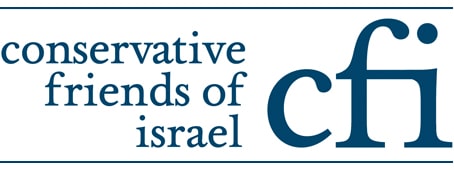 Iran on Tuesday unveiled a second underground missile storage facility, days after the United States threatened to impose fresh sanctions over the country’s missile program.
Iran on Tuesday unveiled a second underground missile storage facility, days after the United States threatened to impose fresh sanctions over the country’s missile program.
The footage on Iranian television published by the Tasnim New Agency this week shows the speaker of Iran’s Parliament, Ali Larijani, visiting the subterranean compound.
In the vast underground complex there appear to be long-range Emad ballistic missiles, which United Nations experts say are capable of carrying nuclear warheads. The location of the site was not disclosed.
In October 2015, Iranian state television broadcast unprecedented footage of a huge underground tunnel packed with missiles and launcher units, which officials said could be used if “enemies make a mistake”. The tunnel, hundreds of metres long and about 10 metres high, was filled with missiles and hardware.
Iran has also conducted two ballistic missile tests in recent months, saying this is outside the scope of the nuclear deal. A United Nations panel in December said the two missile tests breached previous resolutions aimed at stopping the Islamic republic from developing projectiles capable of carrying a nuclear warhead.
President Hassan Rouhani, a supporter of the nuclear deal, ordered the military to accelerate planning for more missile production. And Iran’s Revolutionary Guard Corps (IRGC) invited the Iranian media to see one of its underground “missile cities.”
During last week’s Friday prayers, an Iranian Revolutionary Guards commander said the Islamic Republic has so many missiles, it did not know where to store them. The Guards’ deputy, General Hossein Salami said: “We lack enough space in our stockpiles to house our missiles”, as a row with the US over Iran’s ballistic missile programme deepened.
Salami told worshippers in Tehran: “Hundreds of long tunnels are full of missiles ready to fly to protect your integrity, independence and freedom,” promising to never “stop developing our defence deterrent”.
The general’s comments came after reports that the US had plans to unveil a fresh round of sanctions following two recent missile tests by the Islamic Republic.
The shelved financial penalties on companies and individuals in Iran, Hong Kong and the United Arab Emirates, for apparent links to Tehran’s missile program, highlighted an apparent worsening US-Iran relations.
A formal nuclear agreement – the Joint Comprehensive Plan of Action – between Iran and the P5+1 was signed in Vienna on 14th July 2015, following two years of negotiations.

